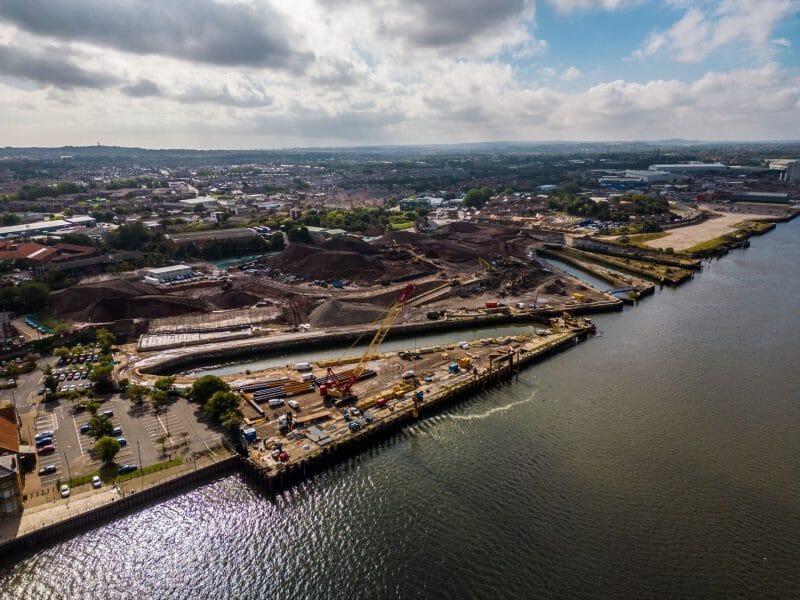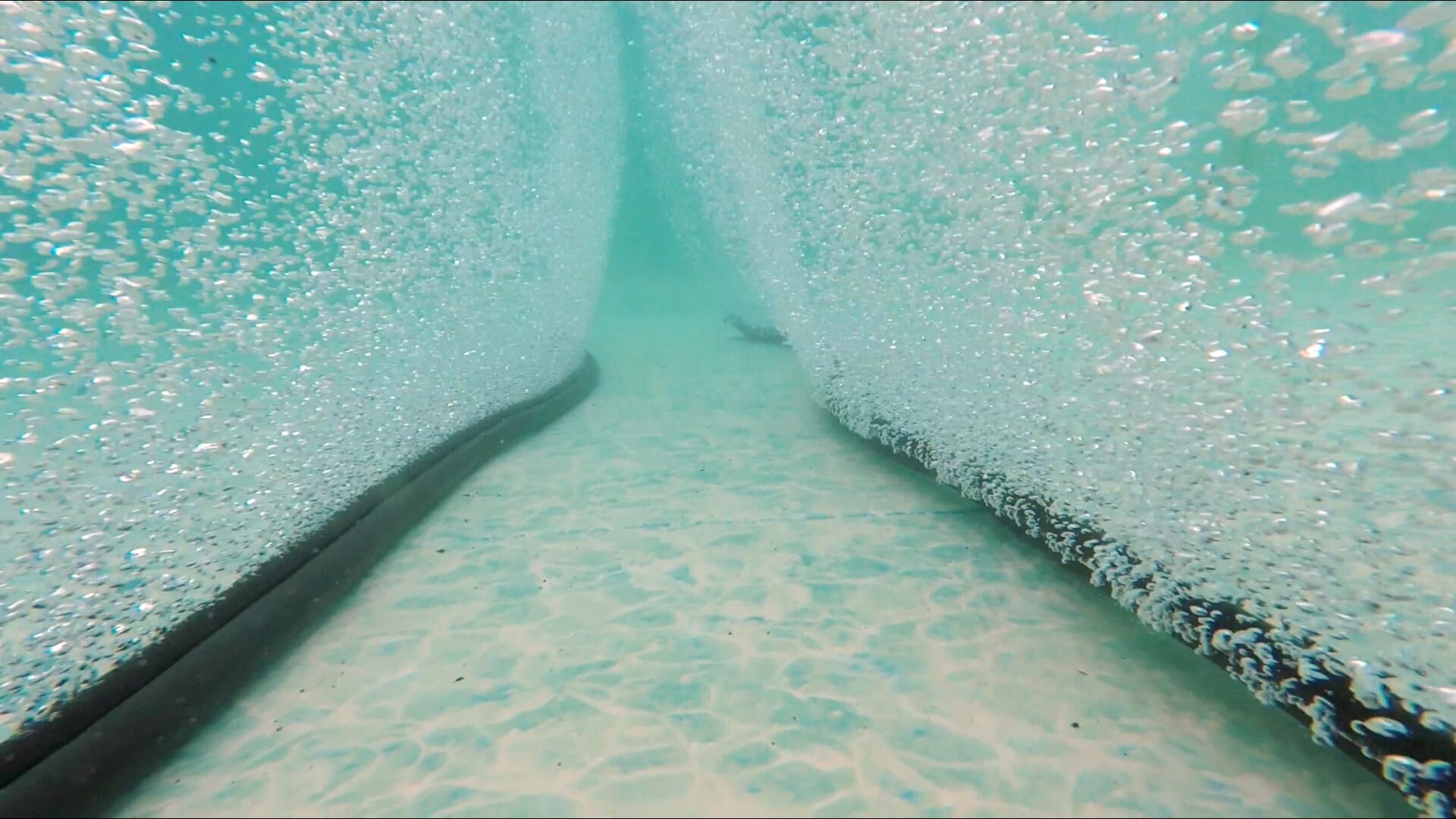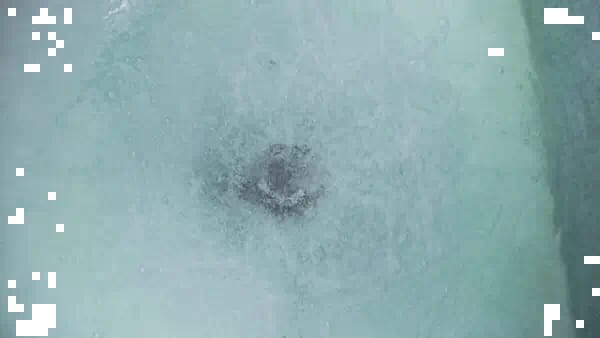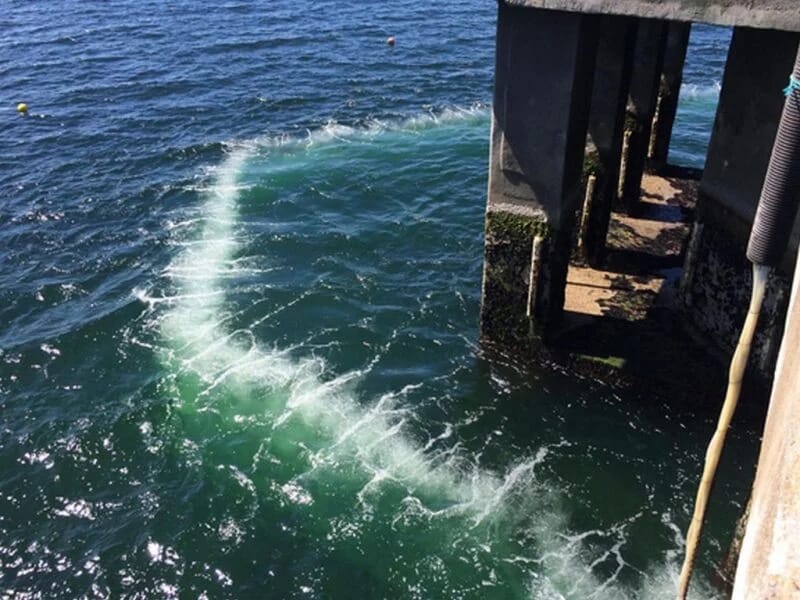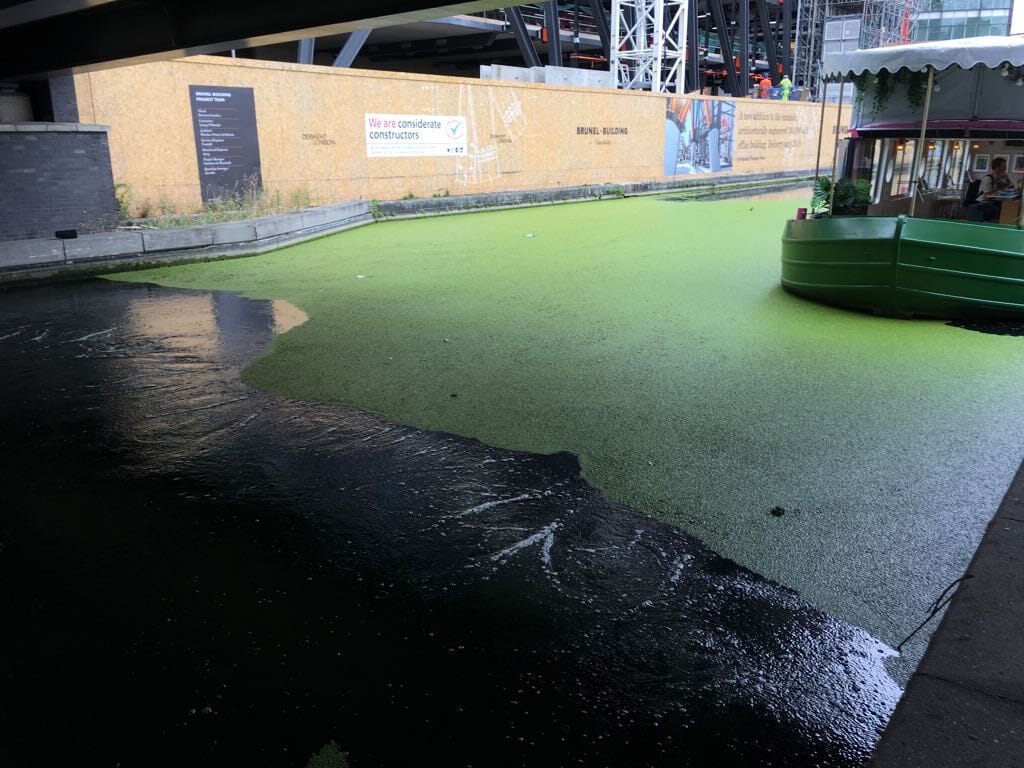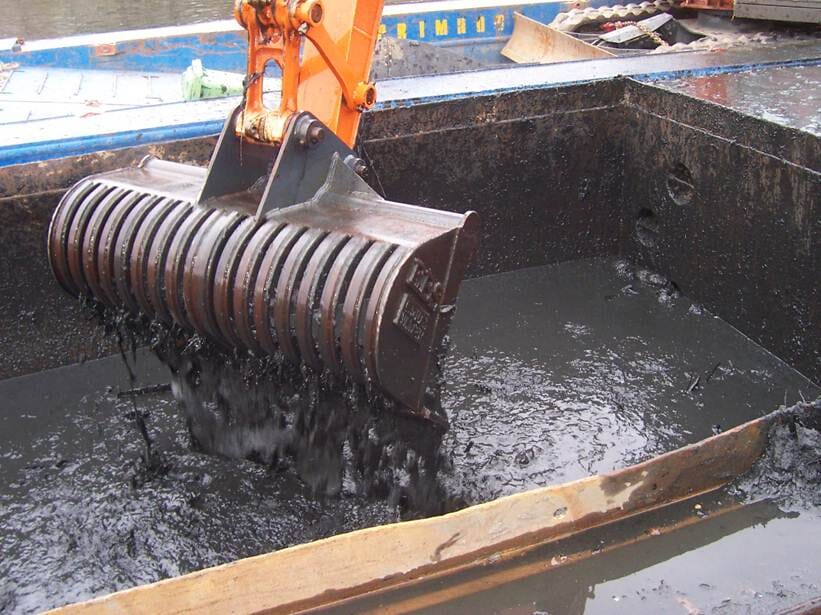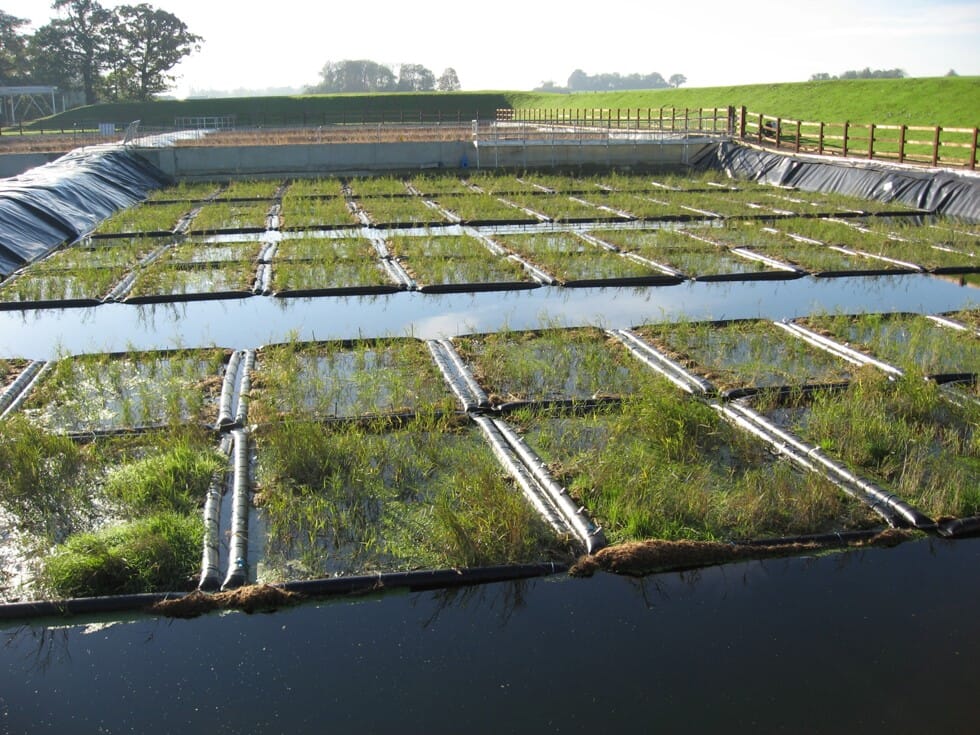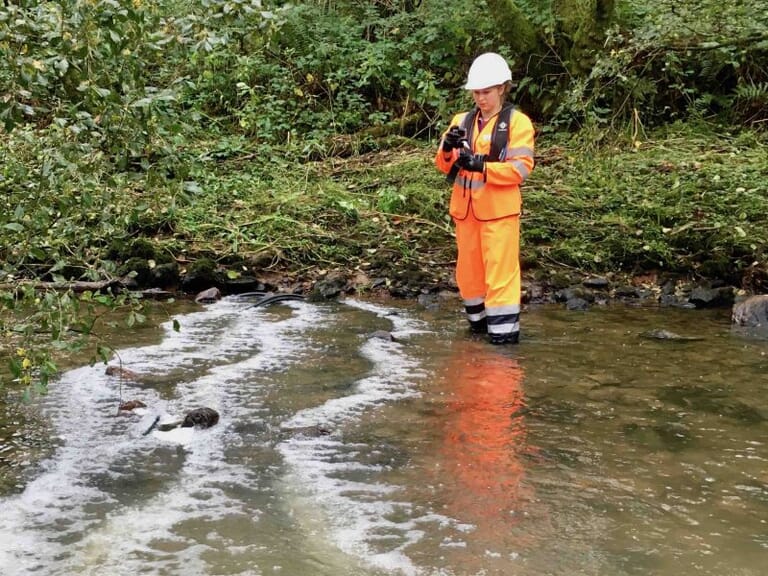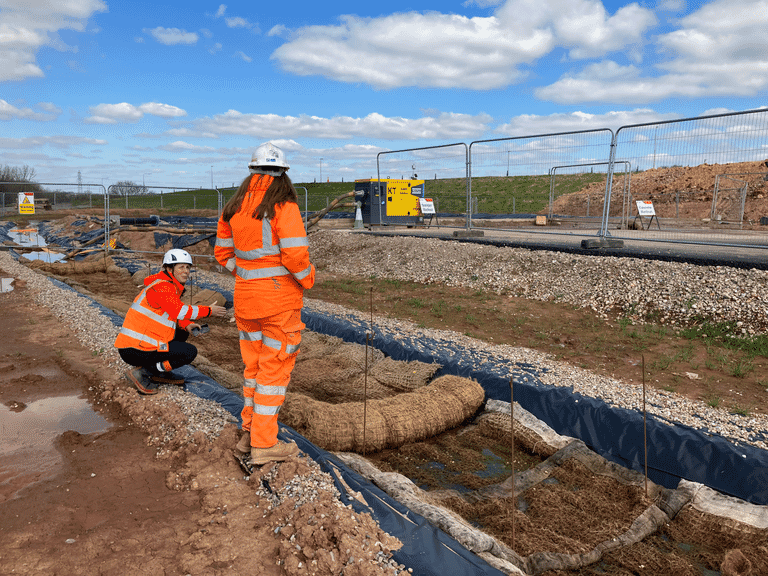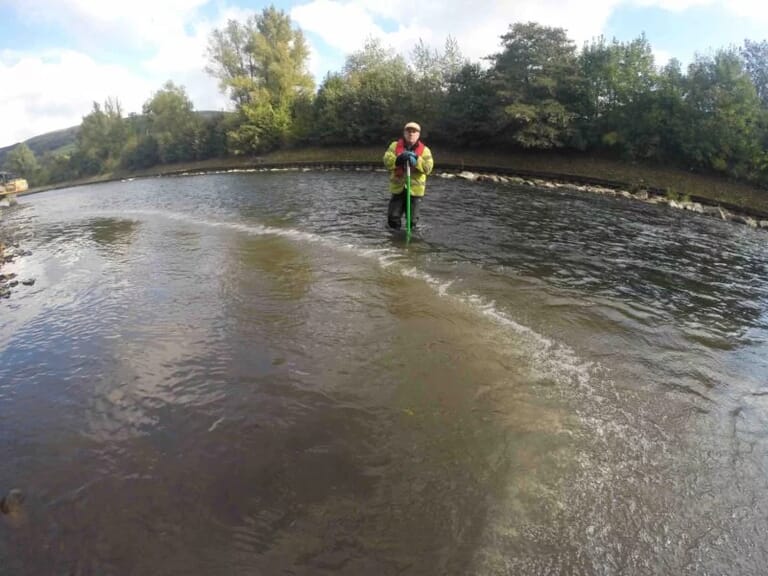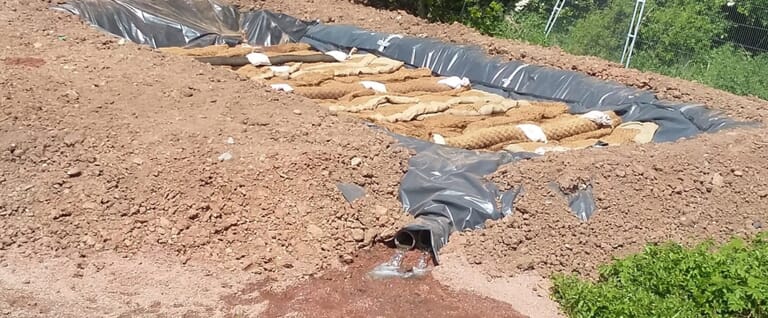Here at Frog Environmental, we’re proud to work with world class suppliers to bring high performing water quality and pollution prevention products to the UK and Europe. You can download the findings of this research paper at the top of this page.
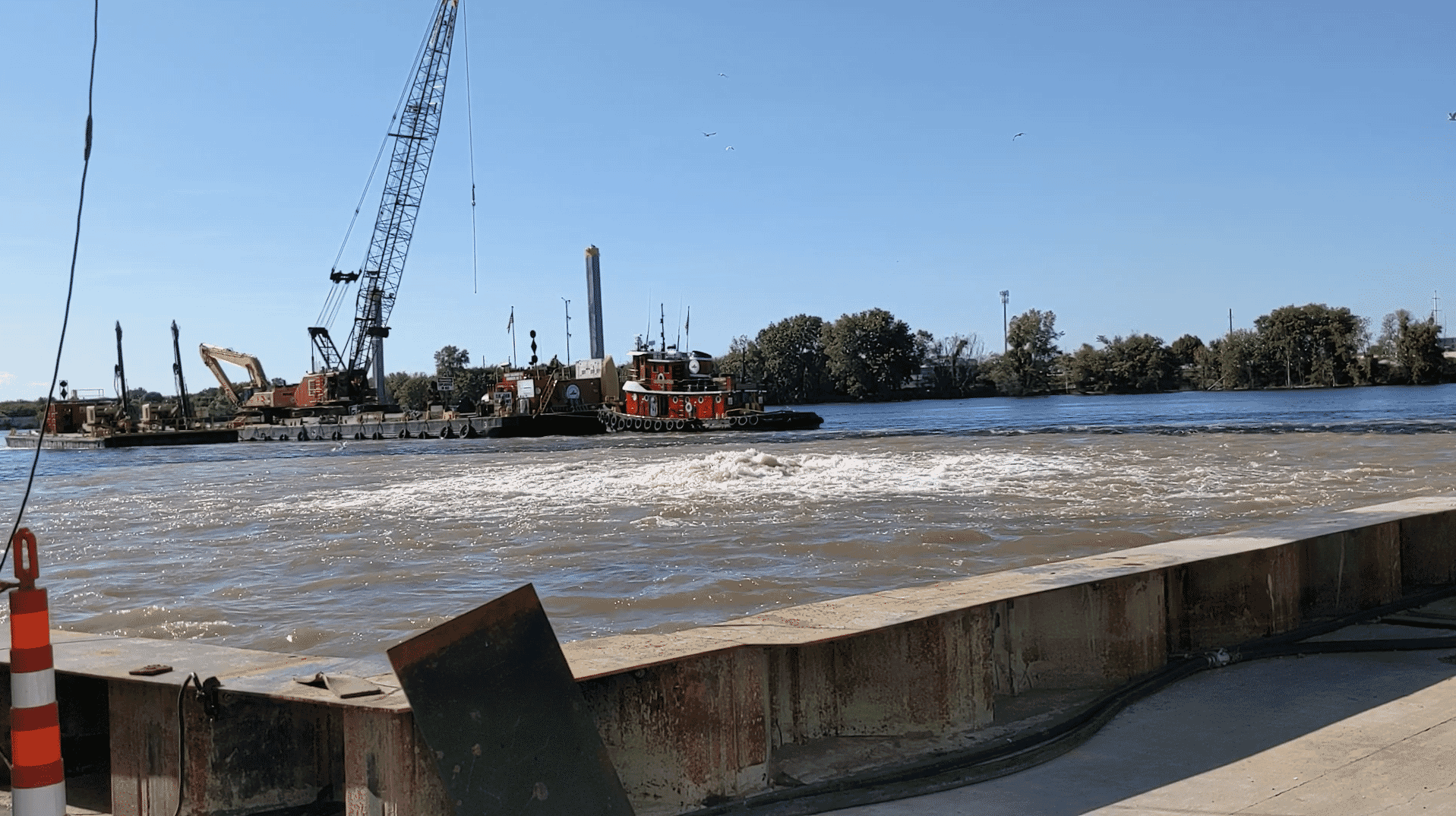
Mitigating underwater explosion effects with bubble curtains
Mitigation of shocks and noises is made possible by the use of a bubble curtain set around the explosive charge.
Categories:
Bubble Curtains & Barriers
Sound Attenuation
Mitigating underwater explosion effects with bubble curtains
Download PDF
Please fill in the form below to download the PDF.
"*" indicates required fields
Research abstract
Mine fields and UneXploded Ordnances (UXO) become a danger regarding maritime activities. Since UXOs are strongly affected by marine corrosion after decades, they cannot be handled safely. A safe solution to get rid of them would be to explode them in their locations. However, this method generates noise pollution and damaging shock waves. Mitigation of shocks and noises is made possible by the use of a bubble curtain set around the explosive charge. Physical aspects of shock propagation in bubbly flows have been the subject of numerous investigations in the past decades and theoretical models of aerated liquids now reproduce main shock features with acceptable accuracy in the case of a uniform distribution of bubbles of the same size.
However, the bubble distribution obtained by air blown in a porous pipe is far to be monodisperse. So the modeling of the interaction of a shock wave with a polydisperse medium still remains a challenge. In the present study, the transmission of a shock wave propagating through a bubble curtain is investigated experimentally on a water filled tank. A microporous pipe, connected to a compressed air supply system and a flowmeter, is placed on the floor in the tank. A dual-tip fiber optical probe is used to measure the gas fraction distribution, bubble rising velocity and bubble size distribution in the curtain. A calibrated shock wave is generated by plate impact, upstream of the bubble curtain, and recorded downstream with a hydrophone. The mitigation of the pressure peak by the bubbly medium is evidenced by recorded pressure signals with and without bubble curtain. Experimental gas fraction profiles and bubble size distributions, measured in the bubble curtains, are finally used as input parameters in the numerical model developed by Grandjean et al. (2011). This numerical model enables prediction of shock wave mitigation and allows calibrating a suitable bubble curtain.
